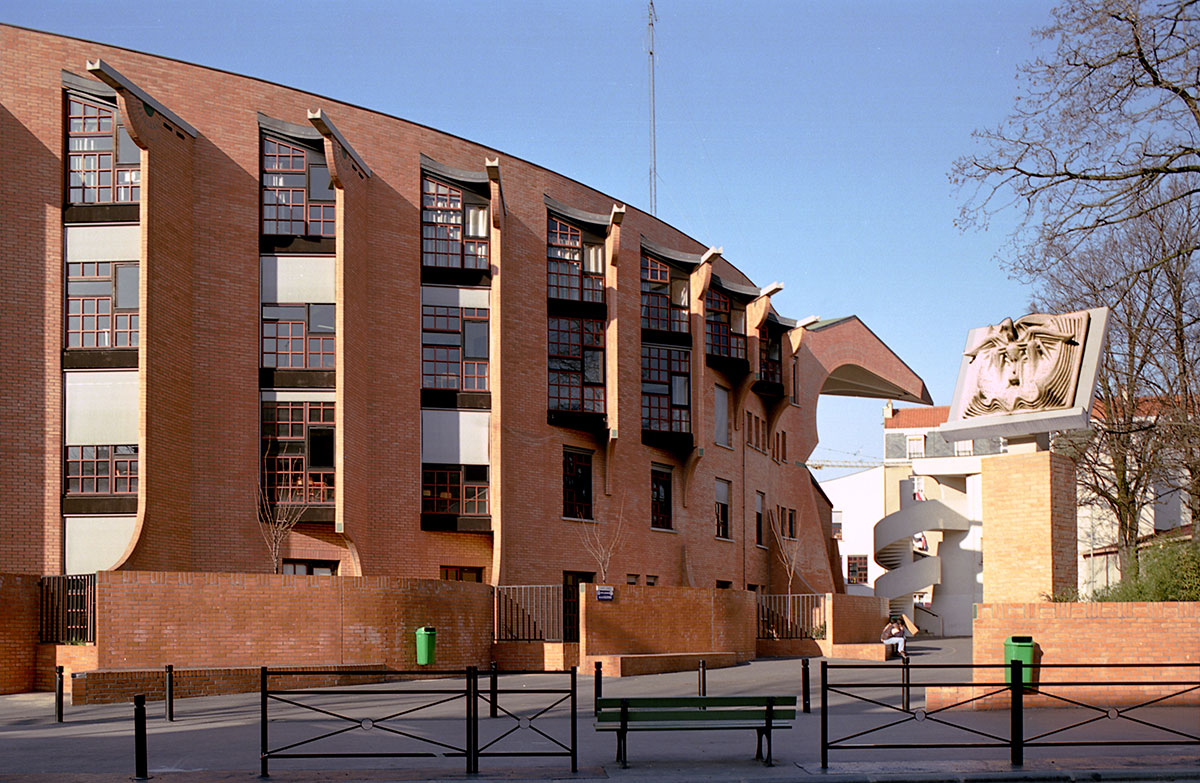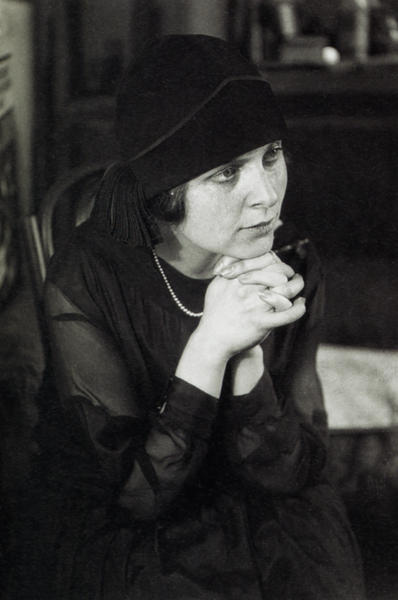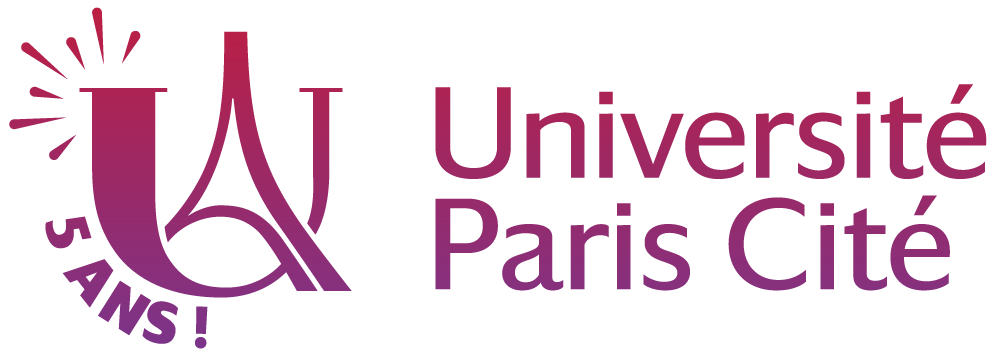
Collège Elsa Triolet
© Ricardo Porro
News from WG1
By Joana Pujades Mora (Open University of Catalonia, Spain)
The ultimate goal of our working group is to produce an online, dynamic, and user-friendly repository/catalogue for primary sources on female migration around the world, which will also be displayed on different maps. To complete this task, we have launched a survey among the members of our COST Action, in which they have described the sources that they work on.
At this stage, we are processing the survey data, and all suggestions and hands are welcome. A sub-WG has contacted groups of nationals to get us to work together in national teams and contact libraries and archives for more primary materials.
Soon, at our next WG1 meeting we will discuss the form of our repository, and again, all ideas will be gladly received. Moreover, we will launch a call to get image samples to illustrate the description of the sources in the catalogue, and copyright permission is a challenge ahead.
We also plan to publish on sources and female migrants, an idea that needs to be discussed and given shape.
News from WG2
By Maija Ojala Fulwood (University of Turku, Finland)
WG2 addresses the memory of female migration and how European women migrants are represented in our society. One of our key aims is to discover the ways women migrants are visible in public space and memory institutions. In the first Grant Period, we have focused on setting up a Register of Migrant Women Landmarks that displays the variety of monuments, including statues, busts, streets, squares, schools, burial monuments etc. dedicated to migrant women. One of the Landmarks is a school dedicated to migrant Elsa Triolet (Ella Yourievna Kagan 1896‒1970) Collège Elsa Triolet in Saint-Denis (93), France. She was a French woman of letters and resistance fighter of Russian origin, born of Jewish parents and the first woman to win the Goncourt Prize. So far, we have gathered over 50 landmarks that reveal versatile destinies of migrant women. However, we are certain that this is just the top of the iceberg. Thus, we encourage all the WEMov members to explore their hometowns, consult local tourist information and contact national authorities such as Ministry of Culture and Heritage in order to find out landmarks that could be added to the online excel sheet. This list will serve as the basis for the interactive map on our website that will display the landmarks across Europe and beyond. In the following newsletters, we will keep you updated concerning the Register of Landmarks and inform you about our other activities such as setting up exhibitions and organizing walking tours.

Elsa Triolet 1925, source wikimedia commons
News from WG3
By Nicoleta Roman (Nicolae Iorga Institute of History, Bucharest, Romania) & Beatrice Zucca (Cambridge University, UK)
WG3 focuses on two linked research topics: 1) labour and migration; 2) women’s economic means (belonging, assets and property) and their relationship to male dominated economies in Europe. WG3 provides quantitative and qualitative analyses of women’s resources, salaries and work in order to improve our understanding of women’s economic role in migration contexts in the contemporary and past societies. It also highlights the relation between migration and women’s wealth, belongings, property and assets whether in the birth community or acquired in the new context. An insight into the consumer culture will shed light on the policies and programmes aimed specifically at women and their mobility.
WG3 has created a network of collaborators on the following projects and outputs: WEMov’s website section Let’s learn! will include a MOOC. The colleagues involved will look into how MOOC will foster e-learning, co-teaching and spread knowledge on migration and gender. The collection of datasets of women migrant workers, their economic resources and belonging is a long-term objective and by the end of the action a list of datasets will be available.
Migrant women and their unknown success stories is a collection of unknown biographies to privilege those hidden stories of women who influenced local communities and structures but were either forgotten or marginalized in the face of what we might call an event-based history. The aim of this collection of stories is to follow the entanglements between gender, migration, community and profession in order to highlight the routes for success on different labour markets and cultural arenas. This is in keeping with the COST Action’s book series being set up.
News from WG4
By Sónia Ferreira (Centro em Rede de Investigação em Antropologia, Lisbon, Portugal) & Miguel Oliveros Mediavilla (Universidad Antonio de Nebrija, Madrid, Spain)
Working Group 4 aims to show how women are and were able to rely on different kinds of social, family, and kinship resources to migrate. It will also examine how individual female migration was eased by networking and community ties which are still today a major component of migration. WG4 will cooperate with associations dedicated to female migrants and will draw conclusions on remaining historical patterns of networking with a focus on past written as well as present oral history.
One of its major outputs will be a documentary involving oral history with female migrant testimonies to be released by the end of the Action and several visual biopics of female migrants displayed on a digital map on the WeMov website. It will also publish an edited volume on oral history perspectives on female migrants, children and families as well as networks. Methodological experience of documentary making will thus be developed as well as ethnographic and historical methodologies developed during the Action, notably on objects of migration. A virtual exhibition of objects of migration and interviews is also anticipated.
So far, we have collected information about the WG4 members and discussed how to organize and classify the different migrant groups with whom we are going to work. Finally, we began to collect data on potential interviewees and we are going to start soon a visual workshop.
We need WeMov participants to give us an indication of potential interviewees for the documentary and for the visual biopics we will produce for the interactive map. We also need contacts with associations of migrant women who may also be relevant for the documentary.
